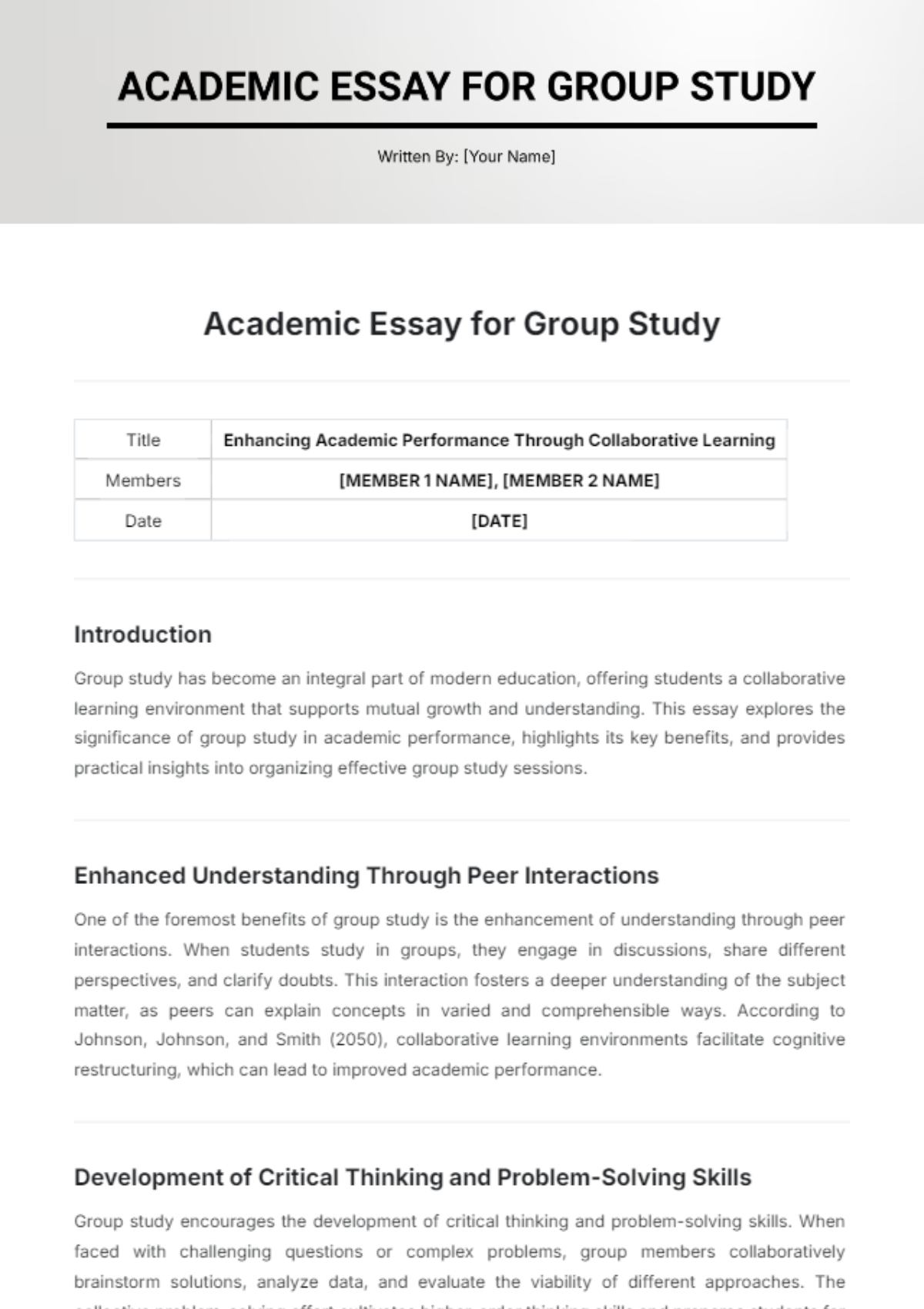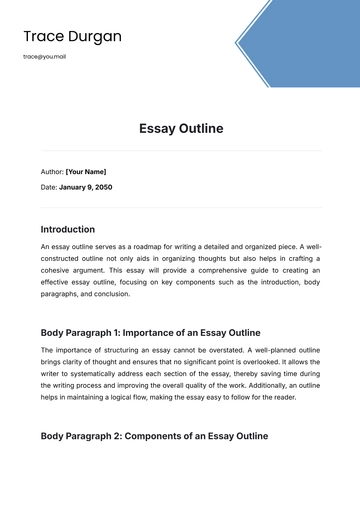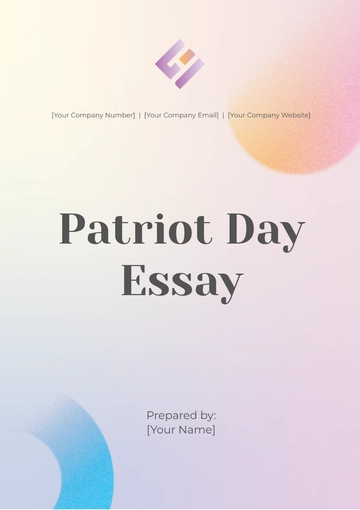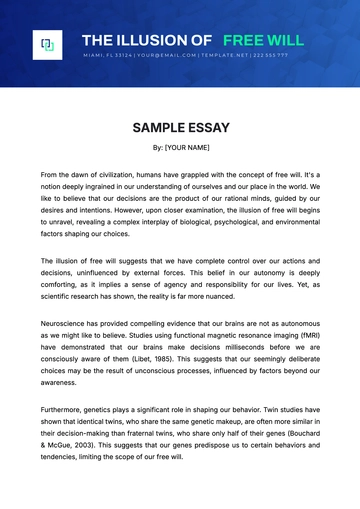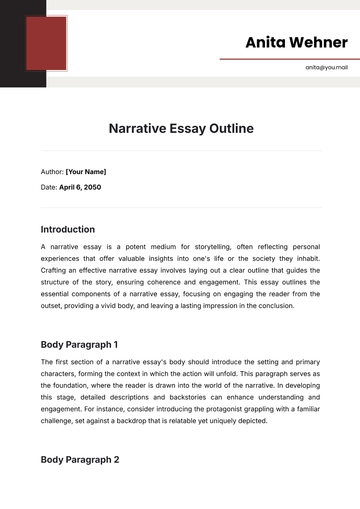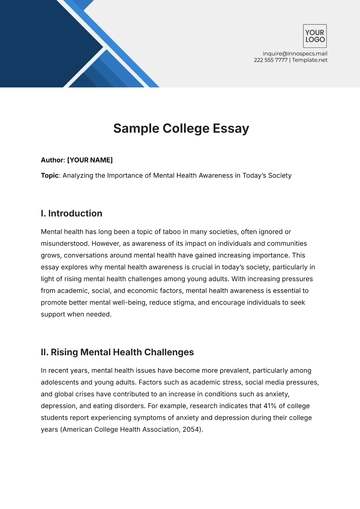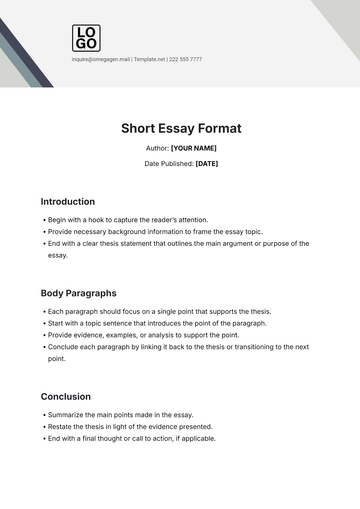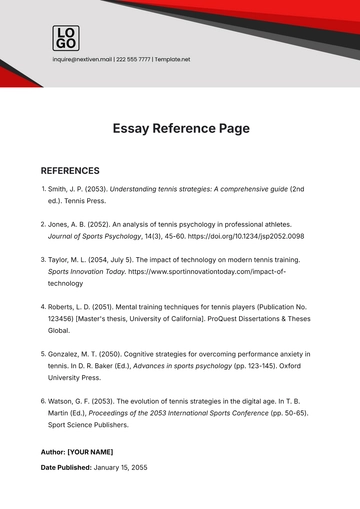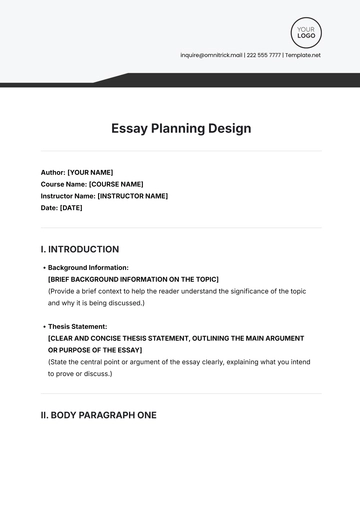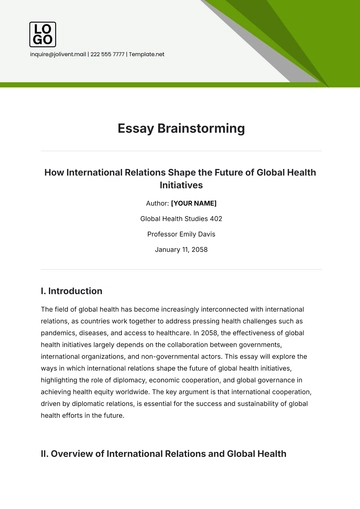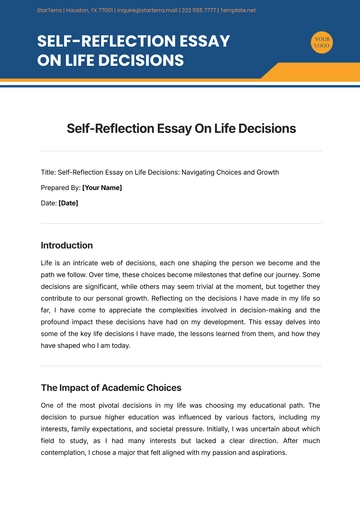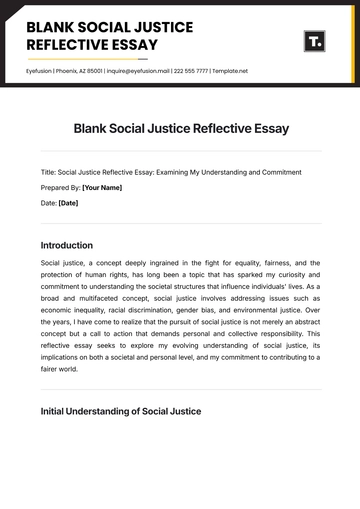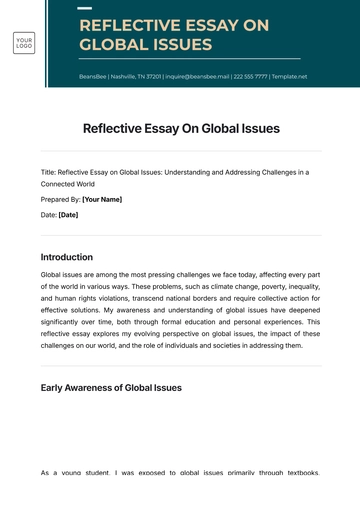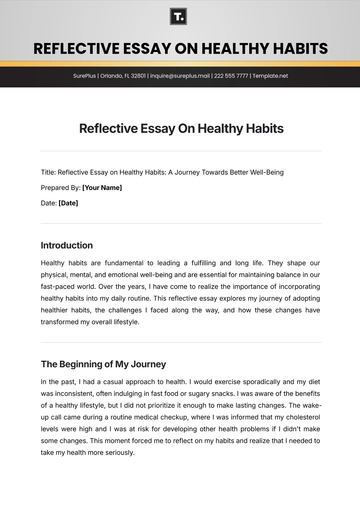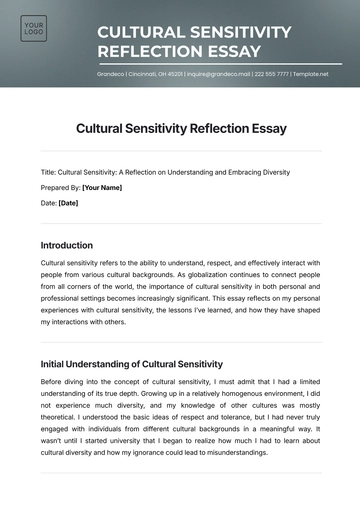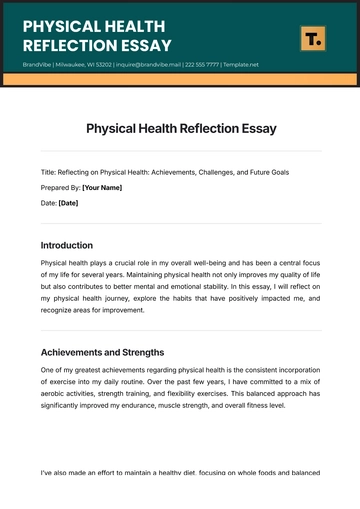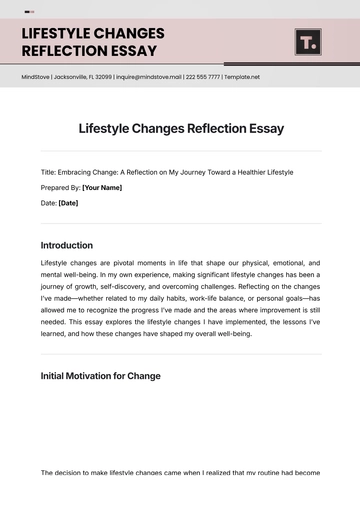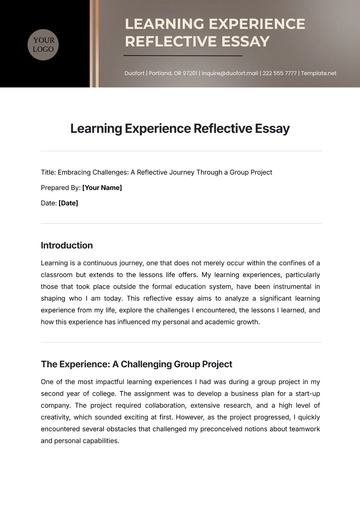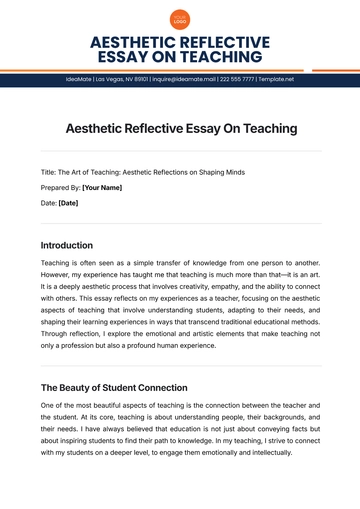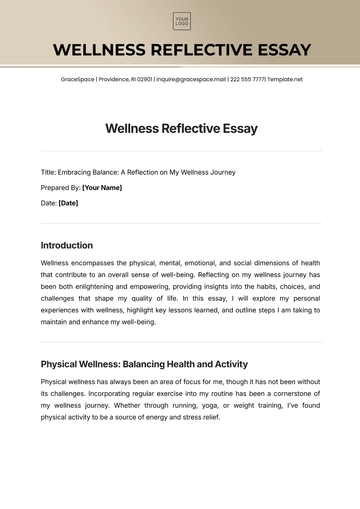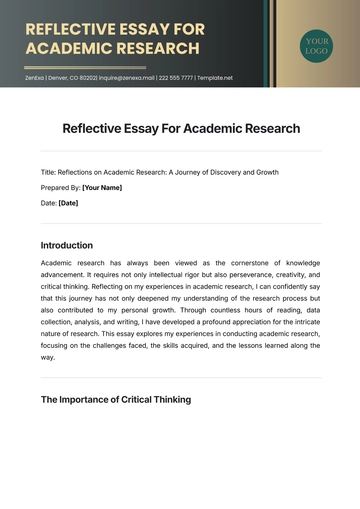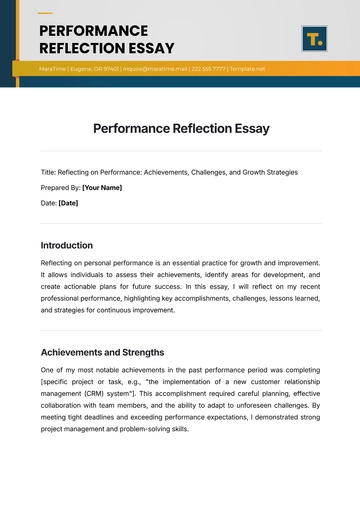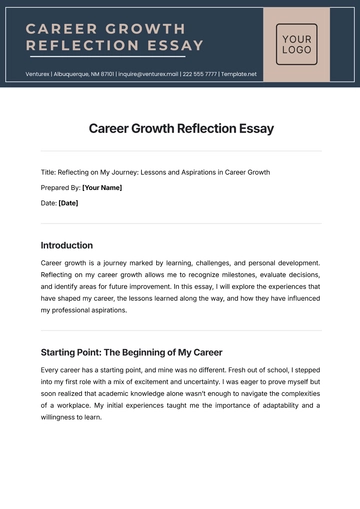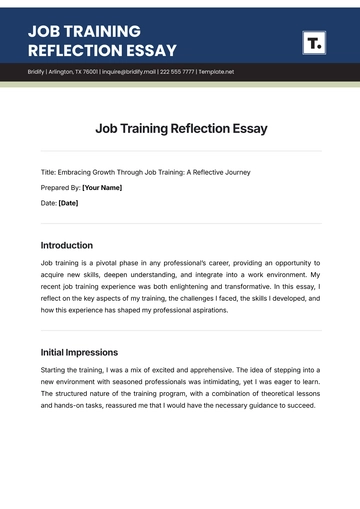Academic Essay for Group Study
Title | Enhancing Academic Performance Through Collaborative Learning |
Members | [MEMBER 1 NAME], [MEMBER 2 NAME] |
Date | [DATE] |
Introduction
Group study has become an integral part of modern education, offering students a collaborative learning environment that supports mutual growth and understanding. This essay explores the significance of group study in academic performance, highlights its key benefits, and provides practical insights into organizing effective group study sessions.
Enhanced Understanding Through Peer Interactions
One of the foremost benefits of group study is the enhancement of understanding through peer interactions. When students study in groups, they engage in discussions, share different perspectives, and clarify doubts. This interaction fosters a deeper understanding of the subject matter, as peers can explain concepts in varied and comprehensible ways. According to Johnson, Johnson, and Smith (2050), collaborative learning environments facilitate cognitive restructuring, which can lead to improved academic performance.
Development of Critical Thinking and Problem-Solving Skills
Group study encourages the development of critical thinking and problem-solving skills. When faced with challenging questions or complex problems, group members collaboratively brainstorm solutions, analyze data, and evaluate the viability of different approaches. The collective problem-solving effort cultivates higher-order thinking skills and prepares students for real-world challenges. As noted by Barkley, Cross, and Major (2050), collaborative learning exercises stimulate critical thinking and enhance the ability to approach problems from multiple angles.
Boosting Motivation and Accountability
Studying in groups also significantly boosts motivation and accountability among students. The social aspects of group study create a supportive learning environment where members encourage each other to stay focused and committed. Group goals and shared responsibilities foster a sense of accountability, making each member more likely to keep up with their study schedules and contribute to discussions. Research by Slavin (2050) indicates that group study settings help students perform better by amplifying intrinsic motivation and establishing clear accountability mechanisms.
Conclusion
Ultimately, group study is an invaluable academic resource, offering deeper comprehension via peer engagement, promoting critical thinking and problem-solving, and increasing motivation and accountability. For effective group study sessions, students should set specific goals, communicate consistently, and foster an inclusive environment that respects each member's input. As education evolves, adopting collaborative learning through group study can lead to both academic success and personal development.
References
Barkley, E. F., Cross, K. P., & Major, C. H. (2050). Collaborative Learning Techniques: A Handbook for College Faculty. 2nd edition. San Francisco, CA: John Wiley & Sons.
Johnson, D. W., Johnson, R. T., & Smith, K. A. (2050). Active Learning: Cooperation in the College Classroom. 3rd edition. Edina, MN: Interaction Book Company.
Slavin, R. E. (2050). Instruction Based on Cooperative Learning. In R. E. Mayer & P. A. Alexander (Eds.), Handbook of Research on Learning and Instruction (pp. 344-360). New York, NY: Routledge.
Essay Templates @ Template.net
